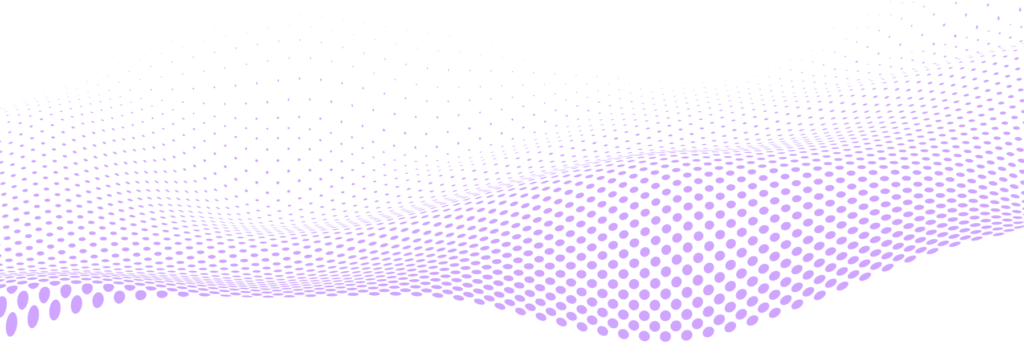LunGuard Device
Cutting-Edge Device: ergonomic, user-friendly, turnkey, and precise. Effortlessly deployable across multiple rooms and hospital departments
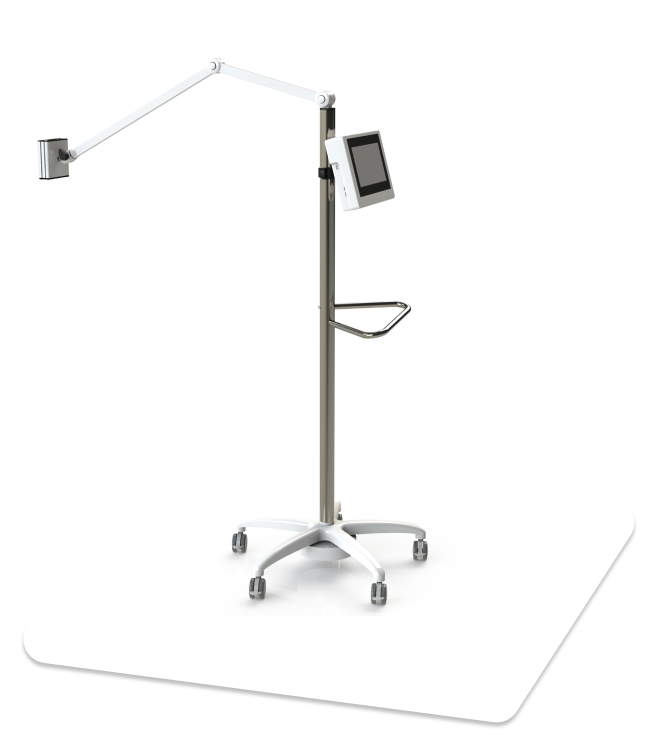
Deep Dive into the Device: A Detailed Exploration
Experience real-time and dynamic surface analysis technology for patients with our cutting-edge device. Equipped with advanced depth sensors, it utilizes an active and optical measurement method, using Infrared (IR) light signals to evaluate distance. This innovative device combines a hardware configuration with AI-integrated software development, offering unrivaled capabilities for precise and accurate measurements. Our technology has a broad range of applications.
HIGH END 3D MODELING
The depth sensor provides an RGB-D image where each pixel is defined by three-dimensional space coordinates (x, y, z) associated with corresponding RGB coordinates through extrinsic calibration.
By applying a function that models transformation, two-dimensional (2D) depth images can be converted into a 3D point cloud. This function establishes a mapping between depth pixel coordinates and 3D point coordinates using camera intrinsic parameters such as focal length and principal point.
Respiratory parameters were measured by analyzing changes in the position of the chest wall observed in the depth images. The movements of the lungs are depicted by the motion of external surfaces in the anteroposterior direction.
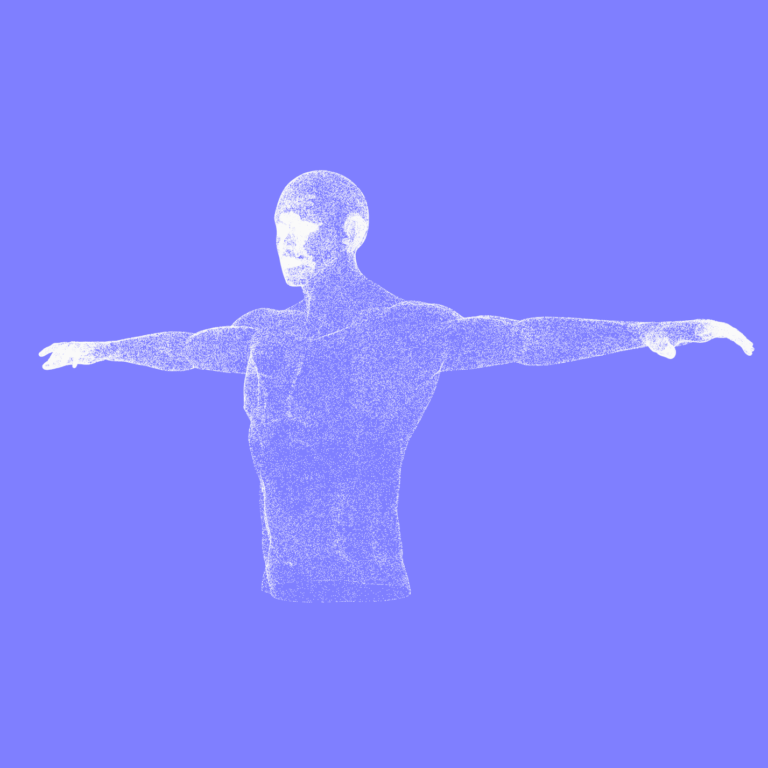
FUELED BY A.I.
We have developed a groundbreaking solution that leverages a deep neural network to detect human body joints and accurately estimate 3D body pose in real-time. With automatic segmentation of the thoracic region, healthcare professionals can seamlessly track and monitor patient movements in real-time, offering valuable insights for diagnostics, rehabilitation, and other medical applications. This enables healthcare providers to make informed decisions and deliver personalized care based on real-time and accurate data. Our deep neural network-based approach provides a reliable and efficient tool for monitoring and analyzing patient movements in various healthcare settings.
USE CASE #1 Optimizing HFNC
Our innovative technology is specifically designed to optimize HFNC (High Flow Nasal Cannula) therapy, resulting in increased efficiency and a notable reduction in mortality rates. By overcoming the limitations of conventional methods, our advanced solution equips clinicians with the necessary tools to monitor and evaluate the real-time impact of flow settings on ventilatory function. This enables them to assess the patient’s physiological response to treatment and make informed adjustments, leading to optimized therapy outcomes.
Through this proactive approach, our technology effectively mitigates the risk of pulmonary injuries and contributes to a significant reduction in mortality rates, which have been reported to be as high as 9%. By providing clinicians with accurate and real-time data, our solution empowers them to deliver personalized care tailored to each patient’s needs. This integration of precise information not only enhances the overall effectiveness of the treatment but also ensures its safety.
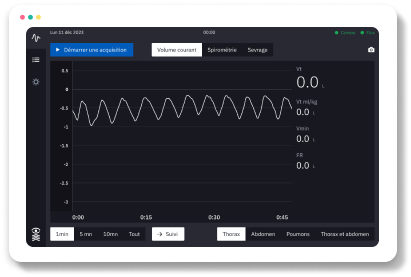
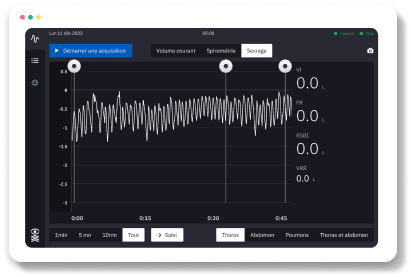
USE CASE #2 Optimizing ventilator weaning
Our device plays a crucial role in optimizing the ventilator weaning process, leading to improved outcomes and reduced complications. Invasive ventilation is associated with a higher risk of complications, prolonged hospital stays, and increased mortality rates. It is also a costly therapy for the healthcare system.
The decision to discontinue invasive ventilation and initiate weaning relies on identifying extubation criteria and conducting a weaning trial. However, weaning from mechanical ventilation is challenging, with failure rates ranging from 8.8% to 20%. Our device offers a solution by accurately evaluating lung volume, a key predictive factor for successful extubation and weaning. By providing clinicians with essential data, our technology enhances the efficiency of the ventilator weaning process, ultimately improving patient outcomes and reducing healthcare costs..
USE CASE #3 spirometry alternative
Vital capacity is a crucial parameter for assessing pulmonary function and monitoring respiratory health. Traditionally, spirometry has been the gold standard for measuring vital capacity, but it can be time-consuming and requires specialized equipment.
Our innovative device simplifies the measurement of vital capacity, providing a convenient and user-friendly solution. By accurately measuring vital capacity in real-time, healthcare professionals can quickly assess pulmonary function and monitor respiratory health. This streamlined approach not only saves time but also improves the overall patient experience.
With our device, clinicians can confidently evaluate vital capacity and make informed decisions regarding patient care and treatment strategies. By offering an efficient alternative to spirometry, our technology enhances the accessibility and effectiveness of vital capacity measurements, contributing to improved respiratory management.

